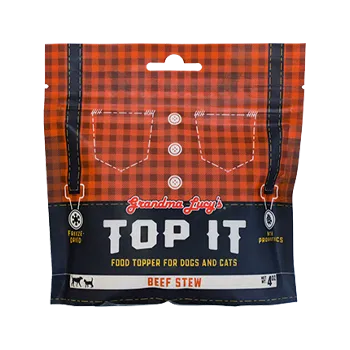While summertime brings longer days, fun on the water, and more time for hikes, with this time of year also comes snake season. If you live in an area home to venomous snakes, it is important to take steps to protect your pets and prevent a snakebite incident. Even if your state is free of poisonous snakes, a bite from a non-venomous snake can still be incredibly painful and bacteria at the bite site can lead to infection. Not only can it be lifesaving to know what to do in case of a bite, but taking steps to prevent an unexpected snake encounter can be just as vital.
Watching for snakes while outdoors or hiking may seem like common sense to some, but what about at home? When thinking of possible snake encounters, most people think of being in nature, especially the wilderness or other rural areas. However, the majority of snakebites in pets happen in the backyard. To help prevent unwanted backyard visitors, consider having special snake fencing installed so that your pets can explore their yard with less worry. Snake fencing is a specialized type of fence made of wire mesh or hardware cloth, and the most effective type is ¼ inch wire mesh. It is important that the installer of the fencing makes sure the wire extends under the dirt to prevent snakes from burrowing under the fence and is also tall enough so it cannot be climbed. Two of the most effective and easiest steps you can take to deter snakes is to simply clear away brush and shrubs, and to clean up any spilled food, pet food, or birdseed that could attract rodents. By removing hiding spots and preventing attractants and food sources like rodents, your yard becomes much less inviting to snakes.

Humans are not the only ones who like to get out to enjoy the sunshine and warmer weather, snakes do too! Keep this in mind during your summer hikes and adventures, and take the proper precautions to be prepared and keep everyone safe. The best way to prevent your pet from a snakebite is to keep them on leash. Keeping your pet leashed allows you to quickly intervene and pull them close should you run into a snake, and ensures you can easily handle and direct your pet to the appropriate trail and away from danger. While hiking, keep your pet on the center of the trail and avoid overgrown areas or rocks where snakes like to hide.

Beyond ways to avoid and deter snakes, there are steps you can take to prepare your dog in case of an incident too. Snake avoidance training may also be an option to consider and is offered by professional trainers in-person as well as virtually. Unfortunately, many snake avoidance training courses rely on aversive tools and techniques like shock collars to communicate to the dog to steer clear of snakes. However, there are courses that use positive reinforcement techniques to build reliable obedience to help dogs learn to avoid snakes as well. Another protection tool you may consider adding to your pet’s arsenal is the rattlesnake vaccine. The rattlesnake vaccine will not make your pet immune to the snake’s venom, but it can help prevent death by allowing owners more time to seek veterinary help. It is also crucial to note that the rattlesnake vaccine is not effective against all rattlesnake venom; it only aids in slowing the effects of the venom if bitten by a Western diamondback rattlesnake.
In the case that your animal is bitten by a snake, do not waste any time jumping into action, it could save your pet’s life. Signs and symptoms of a snakebite to watch for are swelling, weakness, shortness of breath, and bleeding. Take a photo of the snake responsible for the bite if you are present when the incident occurs. If you do not witness the kind of snake that bit your pet, take a picture of the bite if possible. This will be helpful to the veterinary team to determine what type of snake caused the injury and to determine the most appropriate treatment plan for your pet. Skip a trip to your family veterinarian and seek emergency veterinary care as small practices may not have the necessary antivenin on hand. When transporting your pet to the vet, carry them to the car and into the hospital to slow the spread and circulation of the venom. Keep your pet as calm as possible and hold the bite area below their heart level if you are able to.
Help your pets stay safe this summer, it just might save their life. Use these tips to help avoid unwanted encounters and so that you are prepared in case of an emergency. Grandma Lucy’s puts pets first in all that we do, and our mission is to improve the health of pets everywhere. A happy, health pet starts with a safe pet. Keep your best friend safe for all your adventures together to come.





















